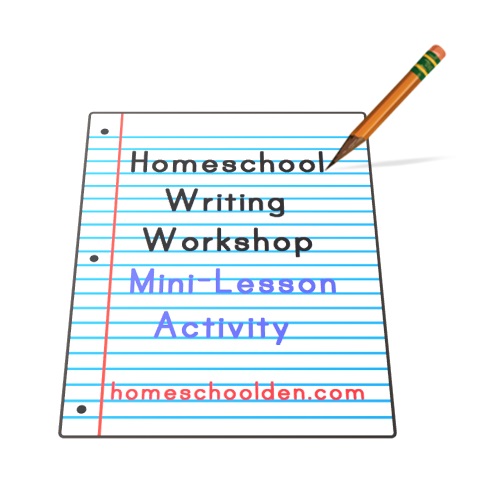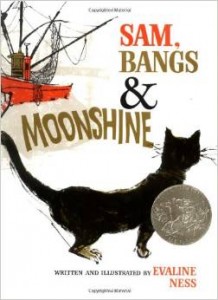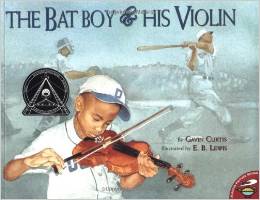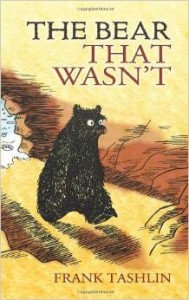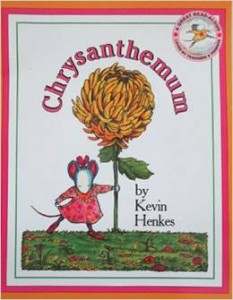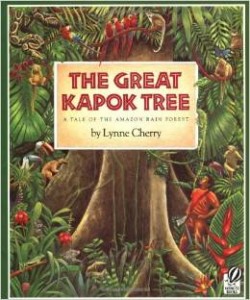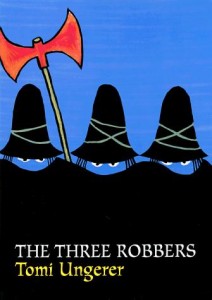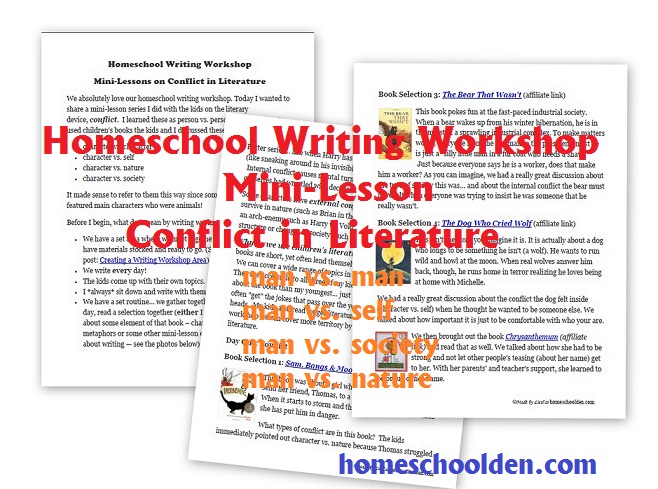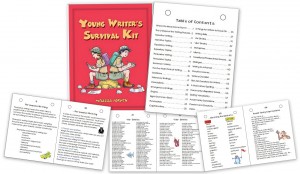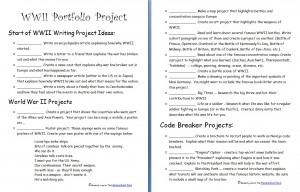Writing Workshop: Conflict in Literature (Man vs. Man, Man vs. Self, etc)
We absolutely love our homeschool writing workshop. We don’t use any special homeschool writing curriculum, instead we’ve designed a writing routine that works really well for us. (In fact my reluctant writer now really loves writing! More about that in How/Why we needed a change in our writing program!) Today, I wanted to share a mini-lesson series I did with the kids on the literary device, conflict. I learned these (years ago) as Man vs. Man, Man vs. Nature, etc., but because we used children’s books we discussed these as
- character vs. character
- character vs. self
- character vs. nature
- character vs. society
It made sense to refer to them this way since some of the books we read featured main characters who were animals!
Before I begin, what do I mean by writing workshop? In brief this means:
- We have a set area where we meet together to write each day. We have materials stocked and ready to go. (See more about that in this post: Creating a Writing Workshop Area)
- We write every day!
- The kids come up with their own topics.
- I *always* sit down and write with them.
- We have a set routine… we gather together in the same spot each day, read a selection together (either I read a book aloud and talk about some element of that book – characters, voice, writing style, metaphors or some other mini-lesson or we read our own books about writing — see the photos below), we have a mini-lesson. Then we set the timer for 25 minutes and write quietly with NO talking and NO interruptions.
- Once we start writing, the kids are welcome to move to other parts of the room/house so they don’t bother one another.
- The kids (and I!!) have to be on task. If ED finishes early, which happens frequently, she knows to grab a book and read. She waits until the timer goes off, but stays in the area until the end of our writing workshop time. Again, NO talking!!
- We have an opportunity to share our writings with one another at the end of the writing session.
- I never correct their writing workshop entries. This is not the time I address spelling, grammar or other issues. I take not of problems I see and work on them at other times, but writing workshop is purely for developing the joy and skills of writing!
- Each of us have a set writing journal that stays in the writing workshop area. Actually, we all have filled three or four journals now!
So as you can see from our routine, before we begin writing, we often settle in by discussing some element of writing. I gathered a number of children’s books to use over the course of the week as we looked more closely at conflict. Conflict creates tension and interest in the story by adding doubt about the outcome. It is the struggle between two opposing forces.
We spent quite some time discussing the idea of conflict.
Some characters have internal conflict. The character experiences two opposite emotions or desires… the good/evil within oneself. The kids and I talked about some of the internal conflict for characters in the Harry Potter series… like when Harry has to do something he knows is “wrong” (like sneaking around in his invisibility cloak) for the greater good. Internal conflict causes mental turmoil. And we discussed ways that we ourselves had wrestled with decisions.
Some characters have external conflicts… where they struggle to survive in nature (such as Brian in the book, Hatchet), or struggle against an arch-enemy such as Harry vs. Voldemort, or or struggle with the structure or changes in society (such as the Lorax).
Why do we use children’s literature in our mini-lessons? The books are short, yet often lend themselves to good, meaty discussions. We can cover a wide range of topics in a pretty short amount of time. They are accessible to all three of my kids. My older two often “see more” about the book than my youngest… just as adults watching a Disney film often “get” the jokes that pass over the younger audience member’s heads. My kids also read longer literature novels, but in the writing workshop we can cover more territory by including good children’s literature.
There is a lot of content here, but don’t worry… You can download all this in one pdf at the bottom of the post!! 🙂 ~Liesl
Day One: Conflict
Book Selection 1: Sam, Bangs & Moonshine (affiliate link)
This book was about a girl who lies all the time. Her lies send her friend, Thomas, to a dangerous part of the beach. When it starts to storm and the tide comes in, she realizes she has put him in danger.
What types of conflict are in this book? The kids immediately pointed out character vs. nature because Thomas struggled to survive in the storm. It took them a little longer to see the main struggle, character vs. self, which was Sam’s struggle to overcome her habit of lying. She realized she put her friend in great danger and learned a lot about herself.
Book Selection 2: The Bat Boy and His Violin (affiliate link)
Before we read this book aloud, I once again went over the types of conflict found in literature. Then we read the book which was about a boy who loves playing his violin. His rather unsupportive father demands that he become a bat boy for the baseball team he coaches.
I enjoyed the discussion we had, because the kids brought up points I hadn’t even considered!
- They said the book had man vs. society because the Negro Baseball Team wasn’t allowed to sleep in the hotel.
- Man vs. Man because the Dukes wanted to beat the other baseball teams they played (perhaps not the good vs. evil conflict we find in literature, but it was true there was a rivalry there)
- ED thought there was some man vs. nature because the baseball team had to sleep outside
- We then explored some of the internal conflict and internal changes the characters went through. The father in this book was not very supportive of his son’s passion for the violin. He wanted his son to follow in his footsteps. By the end of the book, the father expressed his pride for his son’s talent openly.
Book Selection 3: The Bear That Wasn’t (affiliate link)
This book pokes fun at the fast-paced industrial society. When a bear wakes up from his winter hibernation, he is in the midst of a sprawling industrial complex. To make matters worse, everyone from the foreman to the president insist he is just a “silly little man in a fur coat who needs a shave.” Just because everyone says he is a worker, does that make him a worker? As you can imagine, we had a really great discussion about the type of society this was… and about the internal conflict the bear must have felt when everyone was trying to insist he was someone that he really wasn’t.
Book Selection 4: The Dog Who Cried Wolf (affiliate link)
This isn’t the story you imagine it is. It is actually about a dog who longs to be something he isn’t (a wolf). He wants to run wild and howl at the moon. When real wolves answer him back, though, he runs home in terror realizing he loves being at home with Michelle.
We had a really great discussion about the conflict the dog felt inside (character vs. self) when he thought he wanted to be someone else. We talked about how important it is just to be comfortable with who your are.
We then brought out the book Chrysanthemum (affiliate link) and read that as well. We talked about how she had to be strong and not let other people’s teasing (about her name) get to her. With her parents’ and teacher’s support, she learned to be proud of her name.
Book Selection 5: The Great Kapok Tree: A Tale of the Amazon Rain Forest (affiliate link)
It was pretty clear to the kids that this was man vs. nature as the animals of the Amazon rain forest try to convince a wood cutter not to cut down the huge kapok tree which serves as their home. We did not have as long of discussion about this book, but this was a really good example of man vs. nature without the classic story line of someone trying to survive in a storm, hurricane or natural disaster.
Book Selection 6: The Three Robbers (affiliate link)
The last book in our mini-study of conflict was The Three Robbers. This book was a fabulous book to read aloud together because we could stop every few sentences and evaluate what kind of conflict was happening… or might happen.. Was it man vs. man? man vs. himself? man vs. society?
For example, in the beginning of the story, there were three robbers who had three weapons… Pause… what kind of conflict do you predict there’ll be? Kids: man vs. man — or maybe man vs. society. We continued reading…
They looked for victims and terrified everyone. Pause… What kind of conflict is this? Kids: Man vs man, man vs. society because everyone was affected.
One night they stopped a carriage that had just one passenger, an orphan. Pause… What do you think the conflict will be now? Kids: Man vs. self because they’ll probably learn something… like about being kind
The robbers used their treasure to build a huge castle for orphans. Pause… What kind of conflict (resolution) is this? Kids: Man vs. self and man vs. society because the robbers did something useful for everyone and were remembered for their generosity.
This post has become really long, so I’ll just put some of our other book suggestions about conflict in the downloadable pdf:
Writing Workshop-Mini-Lesson #8: Conflict-in-Literature (8 pages)
Other Mini-Lessons to Use in a Writing Workshop (in any order):
- What makes a good book or story?
- Make your story come alive with details and description.
- Creating Interesting Characters
- Story Openings: Set the mood or feeling of your story
- Gathering story ideas from your own life
- Alliteration and more
- Adding Details Exercise (Don’t miss this one, the kids LOVED this activity!!)
How and Why We Started Using a Homeschool Writing Workshop
- Creating a Homeschool Writing Workshop – Post #1 — How/Why we needed a change in our writing program
- Creating a Homeschool Writing Workshop – Post #2: Creating a Writing Workshop Area and Materials to Have on Hand
- Creating a Writing Workshop Post #3: This post is about Mini-Lessons during writing time, mentor texts and includes reviews of 8 or 9 writing books that you might find helpful.
- Writing Resource Pack: This is a post about the 30-page pack I made for our writing workshop. Reference pages on the 6 +1 Wri ting Traits, Mini-Lessons, the types of writing, creating a powerful beginning, techniques for ending a story/paper, and so forth. (These writing resources are free to download.)
- Writing Workshop: Dr. Seuss Style: The kids and I had fun writing in the style of Dr. Seuss!
- Biography Research Paper Resource Pack
- Practical Pointers for Working with a Reluctant Writer (or any Writer)
- Writing Activity to Spark Kids’ Imagination! My girls really loved this activity!
- 40 Journal Writing Prompts (Free Printable)
- Animal Portfolio Project: writing, art and geography activities that go with any animals… With many activities to choose from. Writing activities include both fiction and non-fiction suggestions such as
- Write a speech or a letter to the president on why your animal needs protection in the wild.
- Menu: Create a humorous menu at a restaurant where your animals would like to eat.
- WWII Portfolio Project
- Writing Workshop: What we’re doing for writing this fall
- Writing Workshop Rules! Why the Writing Workshop continues to work so well in our homeschool.
